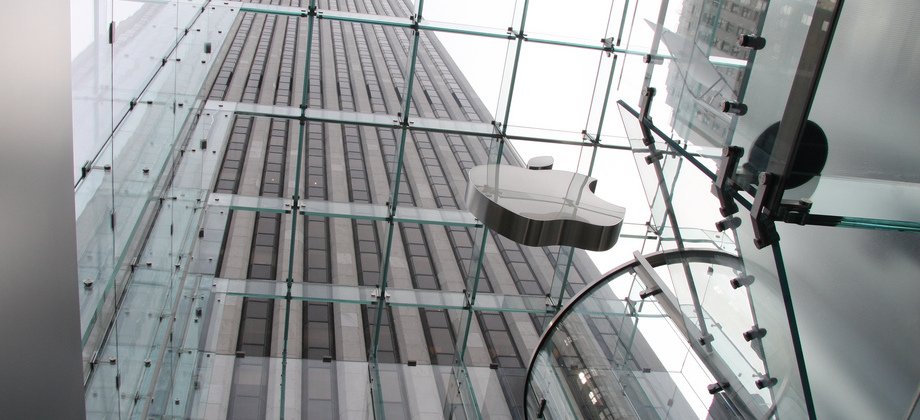"The representation of the layout of a retail store, such as an ‘Apple’ flagship store, may, subject to certain conditions, be registered as a trade mark."
That's the gist of today's ruling by Europe's top court in a case that's been lingering for some time now.
It started in 2010 when Apple registered with the US Patent and Trademark Office a three-dimensional trademark consisting of the representation of its flagship stores. Apple's request was granted by the USPTO in 2013, after which the company sought to extend the interior store design trademark internationally.
Its extension to German territory was, however refused by the German Patent and Trade Mark Office on the ground that the depiction of the space devoted to the sale of the undertaking’s goods was nothing other than the representation of an essential aspect of that undertaking’s business.
Apple appealed the verdict, and the appeal ended up at the Court of Justice of the European Union, which earlier today delivered the following judgment (emphasis ours):
"The Court notes first of all that, in order to be capable of constituting a trade mark, the subject-matter of the application for registration must, in accordance with the trademarks directive, satisfy three conditions, namely, that it must (1) constitute a sign, (2) be capable of graphic representation and (3) be capable of distinguishing the ‘goods’ or ‘services’ of one undertaking from those of other undertakings.
The Court takes the view in this respect that a representation that, such as the one in the present case, depicts the layout of a retail store by means of an integral collection of lines, curves and shapes, may constitute a trade mark provided that it is capable of distinguishing the goods or services of one undertaking from those of other undertakings. Furthermore, it cannot be ruled out, according to the Court, that the layout of a retail outlet depicted by such a sign may allow the goods or services for which registration is sought to be identified as originating from a particular undertaking. That could be the case where the depicted layout departs significantly from the norm or customs of the economic sector concerned.
The Court emphasises, however, that the fact that a sign is generally capable of constituting a trade mark does not imply that the sign necessarily possesses a distinctive character within the meaning of the directive. This character must be assessed in practice by reference to, first, the goods or services in question and, second, the perception of the relevant public (the public consisting of the average consumer of the category of goods or services in question, who is reasonably well informed and reasonably observant and circumspect).
It is also by a case-by-case assessment that the competent authority must determine whether the sign is descriptive of the characteristics of the goods or services concerned, or whether it gives rise to one of the other grounds for refusing the registration laid down in the directive.
The Court holds that, as regards a design representing the layout of a retail store, the assessment criteria that the competent authority must apply do not differ from those used for other types of sign.
Finally, as regards the question of whether services aimed at inducing the consumer to purchase the goods of the applicant for registration can constitute ‘services’ for which a sign, such as the one in the present case, may be registered as a trade mark, the Court takes the view that, if none of the grounds for refusing registration laid down by the directive precludes it, a sign representing the layout of the flagship stores of a manufacturer of goods may lawfully be registered not only for those goods but also for services, so long as they do not form an integral part of the offer for sale of those goods.
Services which, like those mentioned in Apple’s application, consist, for example, of carrying out, in such stores, demonstrations of the products by means of seminars may in themselves constitute remunerated services falling within the concept of ‘service’.
From this the Court concludes that the representation of the layout of a retail store, by a design alone, without indicating the size or the proportions, may be registered as a trade mark for services, which, although relating to goods, do not form an integral part of their offer for sale, on condition that that representation is capable of distinguishing the services of the applicant for registration from those of other undertakings and that no ground for refusal precludes it."
All in all, good news for Apple.
(Featured image credit: Brian Snelson / Flickr)


